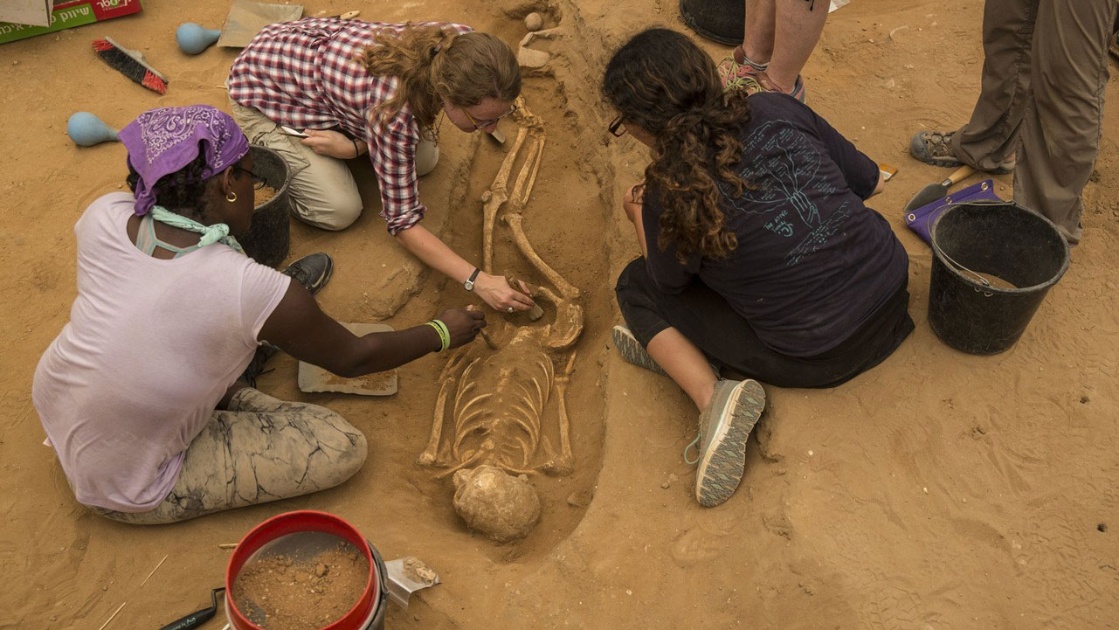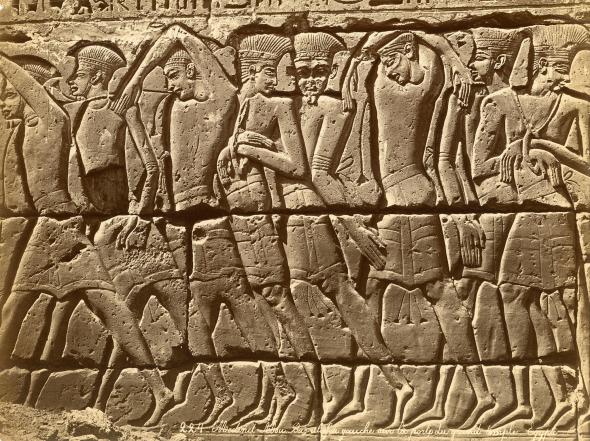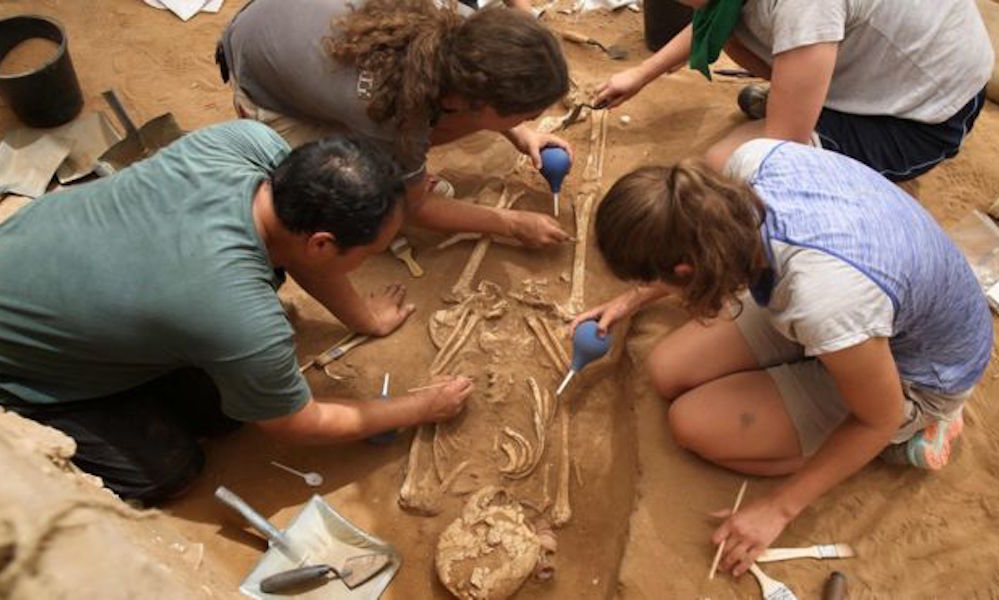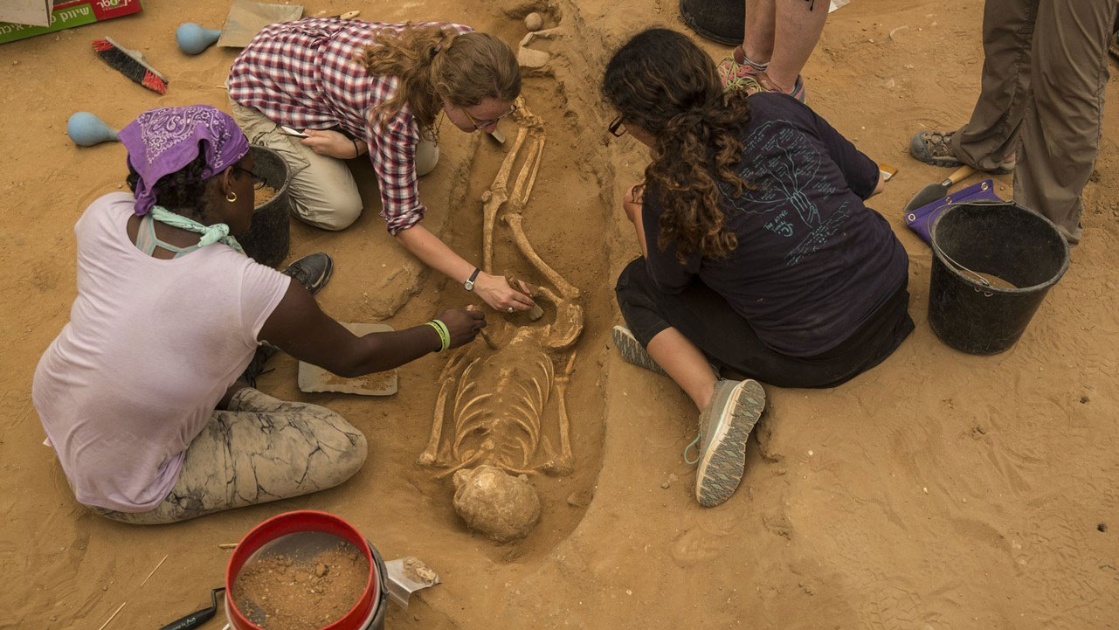

This past week, a team of archaeologists in Israel unearthed the first significant Philistine burial site. Toward the end of their 30-year excavation, they were shocked to discover the remains of more than 200 Philistines at the site of ancient Ashkelon. Although there have been countless Philistine artifacts uncovered over the years, only a few burial sites have been found, and none of this magnitude.

This finding will be critical in helping unravel the truth about this mysterious nation. For years, archeologists, historians and biblical scholars have been trying to uncover the full story of the Philistine people. From Avraham’s dealings with Avimelech, to Shimshon’s epic battle, there are 286 references to the Philistines—or “Plishtim”— in Tanach. So commonly mentioned, many aspects of the Philistines’ history remained unclear. There are many recorded details of their history in Israel. This nation was not originally from Canaan, and information about their origin has eluded historians. In Jeremiah 47:4, and Amos 9:7, Hashem describes the Philistines as being from a place called “Caphtor.” However, the location of Caphtor is not made clear in the text, and scholars have struggled to determine its exact location.

The general consensus associated Caphtor with the Aegean region, possibly Crete or Cyprus, and archeological evidence supported that theory. However, this only placed the Philistines’ origin somewhere in the Aegean, a very large region that included many countries and territories. Historians longed for a more precise answer.
Another question was the timing. The Philistines were a recurring threat during the times of Shmuel and Shimshon, around the 13th century BCE, which is approximately when the Mycenaean civilization had come to an end in the Aegeanregion. Timewise, it could make sense that they came to Israel from there, as the earliest Philistine artifacts in Israel are dated around the 12th century BCE.
The Philistines, however, are also mentioned in the times of the Avot, which is significantly earlier— closer to the 17th to 18th century BCE. Many scholars theorize how this is possible. Some argue that Philistines in the time of the Avot arefrom the earliest waves of a gradual migration into Israel. Others believe that it refers to a different nation living in the location that would later be known as Philistine. Once again, however, scholars did not have enough information to form a definitive answer.
Researchers also found it difficult to uncover the history of the Philistines from the time they were in the Aegean until they came to Israel. Direct mentions of them during this time were scarce. Some historians thought them to be the Peleset, invaders mentioned in the Egyptian records of Ramesses III, and referred to by modern scholars as the Sea Peoples. In addition to their similar ancient names, the Philistines and Peleset were both theorized to be from the Aegean region, and both date back to around the 12th century BCE. Although the facts fi t, there was not sufficient evidence to know for sure. Also, none of this answered the question of how the Philistines ended up in Israel.
After looking at the same facts from many different angles, there was only so much that historians could do with ancient sources and cultural artifacts. Lawrence Stager, archeology professor and leader of the expedition, said on the National Geographic news website that without this new discovery, researchers’ theories about the Philistines’ origins have been “about as accurate as the mythology about George Washington chopping down the cherry tree.” According to National Geographic/ CNN, this burial site will be critical in uncovering the true story.
It will take years to examine the results of the excavation, but historians are excited about what they will discover.
Rachel Retter is a summer intern at the Jewish Link and a rising senior at Manhattan High School for Girls.













